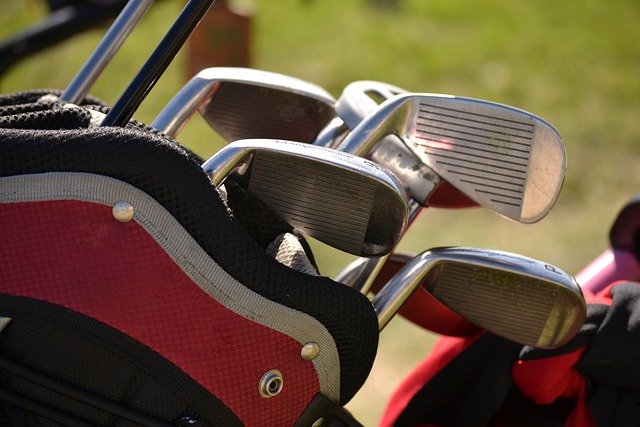Guide to Golf Clubs: Types, Fit, and Choosing for Your Game
Golf clubs are the primary tools a golfer uses to take on different shots across the course, from tee to green. Understanding club types, how clubs interact with your golf swing, and basic fitting principles helps players of all levels make better equipment choices. This guide explains essential club categories, how swing characteristics influence selection, maintenance tips, and practical advice to match clubs to your game in a clear, approachable way.

What is golf and how do clubs fit in?
Golf is a precision sport in which players use a variety of clubs to move a ball across terrain into a hole in as few strokes as possible. Each club is designed for specific distances and shot shapes; together they form a set that gives a golfer the tools to handle tee shots, long approaches, short-game shots, and putting. Choosing the right combination of clubs and understanding their roles—driver for distance, irons for approach, wedges for control, putter for the green—helps translate a golfer’s technique into consistent scoring.
How to choose a golf club for your needs
Selecting a golf club starts with identifying the shots you need to hit and the conditions you play in. Consider the club’s head type (driver, fairway wood, hybrid, iron, wedge, putter), its loft, the shaft material and flex, and grip size. Players with slower swing speeds often find graphite shafts more forgiving, while stronger players may prefer steel shafts for control. Try clubs at a fitting session or demo day to compare feel, trajectory, and dispersion. A balanced set focuses on gapping—meaning each club should cover a consistent distance range without large overlaps or gaps.
How does the golf swing affect club selection?
A golfer’s swing speed, tempo, swing path, and attack angle influence which clubs and shaft characteristics will perform best. Faster swing speeds generally produce more distance and may pair well with lower-lofted heads and stiffer shafts. A steep attack angle can benefit from clubs with more bounce or higher-lofted wedges, while a shallow approach might favor less bounce. Shaft flex affects timing and launch conditions; overswinging into a shaft that’s too soft can increase dispersion. Club fitting that measures swing speed, ball speed, launch angle, and spin can guide precise selections for your golf swing.
What role do golf clubs play in the sport’s shot-making
Golf clubs shape how shots behave—trajectory, spin, and roll—all factors that determine scoring opportunities. Woods and drivers are optimized for low-spin, long-distance shots, while irons provide predictable spin for approach play. Wedges are engineered for control around the green, with variations in loft and bounce to suit turf conditions and shot types. Putters are specialized for roll and alignment rather than loft or spin. Course conditions, such as wet turf or firm fairways, also change how clubs perform; understanding these interactions helps a golfer choose the right club for each shot in the sport.
How should a golfer maintain and fit clubs over time?
Regular maintenance helps clubs last and perform consistently. Clean clubheads and grooves after rounds, check grips for wear and replace them periodically, and inspect shafts for dents or rust. Store clubs in a dry environment and avoid leaving them in hot cars for extended periods. As your swing or physical condition changes, re-evaluate club length, lie angle, and shaft flex—especially after significant changes like increased swing speed or a new swing technique. Many golf shops and fitting centers offer fittings and shaft/grip replacements; periodic checks every couple of seasons keep a golfer’s set aligned with current needs.
Conclusion
Golf clubs are not just equipment; they are extensions of a golfer’s technique and decision-making on the course. Understanding the differences among club types, how the golf swing affects performance, and the basics of fitting and maintenance can lead to more consistent shots and better enjoyment of the sport. Whether you’re assembling a first set or refining a well-used bag, consider testing clubs in realistic conditions and revisiting fit as your game evolves to ensure each club supports your goals and playing style.




